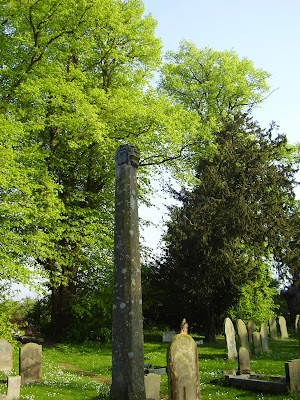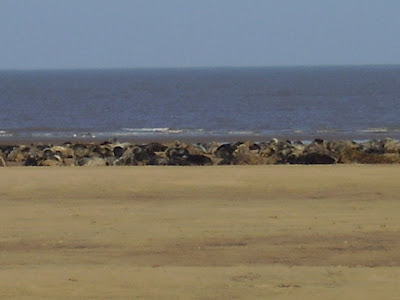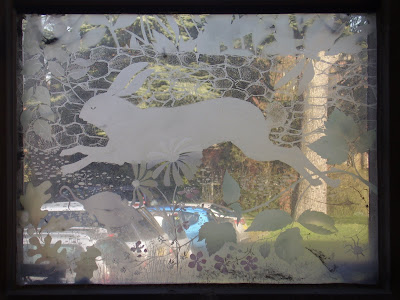
If the Duke and Duchess of Cambridge had used the Common Worship Marriage Service wouldn’t that have enabled them to offer words which really focussed what they wanted prayed at their Wedding?
It is known that their closest advisers on such things (the Prince of Wales and the Bishop of London) are both fans of the Book of Common Prayer, so it wasn’t a surprise that they chose the 1966 (nee 1928) light revision of the BCP service.
It all seemed to work really well too in the setting, until, at the end of the sermon, the Bishop revealed that the couple had written a simple prayer as part of their marriage preparation. As he read, it became clear just how different the register of the service was, and, as the service continued, it became apparent then neither their prayer nor anything like it was going to be included in the actual praying at the service.
The thoughts they wished to express as prayer included:
In the busyness of each day keep our eyes fixed on what is real and important in life and help us to be generous with our time and love and energy. Strengthened by our union, help us to serve and comfort those who suffer.
Had they used Common Worship they could have included those words, and/or they could have included this part of the set prayers there:
May the hospitality of their home
bring refreshment and joy to all around them;
may their love overflow to neighbours in need
and embrace those in distress.
Instead, at just the point this might have happened, those leading the prayers ploughed their way through things like this 122 word sentence (including what is today its almost surreal final words):
O God, who hast taught us that it should never be lawful to put asunder those whom thou by matrimony hadst made one, and hast consecrated the state of matrimony to such an excellent mystery, that in it is signified and represented the spiritual marriage and unity betwixt Christ and his church: look mercifully upon these thy servants, that both this man may love his wife, according to thy word, (as Christ did love his spouse the church, who gave himself for it, loving and cherishing it even as his own flesh,) and also that this woman may be loving and amiable, and faithful to her husband, and in all quietness, sobriety, and peace, be a follower of holy and godly matrons.
Beginning to take Weddings twenty-five years ago in Berkshire not far from her home I’d always offer couples a choice between the traditionally worded 1966 service and the then modern Alternative Service Book 1980 service. I was happy to use both, and, given a genuine even handed choice, found couples as likely to opt for one as for the other; the two services appeared to speak equally to people’s expectations and needs in that time and place.
Well into the twenty-first century, and in a totally different social setting, it is now the Common Worship service I find I almost always use; most of those for whom I take Weddings here find much of the older service impenetrable. Nevertheless, yesterday, it was lovely to hear the old words again (and to remember that ‘with this ring I thee wed’ is more poetically balanced and performatively true than the reductionism of ‘I give you this ring as a sign of our marriage’), but, as the sermon finished, I did have a pang of regret at what they were missing by not benefiting from and showcasing the new.
The picture was taken fifteen minutes ago. We used the same reading as the royal wedding, and we used the Duke and Duchess of Cambridge's prayer, but we used a different form of service.





















